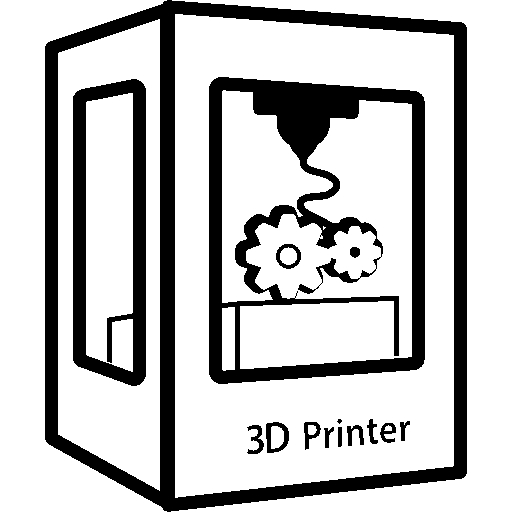- cross-posted to:
- [email protected]
- cross-posted to:
- [email protected]
Here’s a method I’ve developed to splice filaments almost to perfection without any tools. It’s basically the Teflon tube method for cheapskates who don’t want to buy Teflon tubing 🙂
First of all, prepare a 2" x 2" (50mm x 50mm) -ish piece of white paper and a straighten a piece of filament that will serve as a mandrel:
![]()
Roll up the paper into a tube around the piece of straightened filament as tight as you can. The hard bit is to start rolling: the paper needs to be really snug against the filament to start with.
Once it’s started right, it’s easy. Roll it up all the way nice and flat. The bit of filament inside should fit inside the tube with quite a lot of friction if you did it right:
![]()
You can also wet it a few times with your tongue and it will stay in one piece without holding it. Ex-smoker’s habits die hard 🙂
![]()
Cut the ends of the filaments to splice together with a sharp bevel:
![]()
Carefully thread the ends into the paper tube so they meet halfway:
![]()
They should go in with some force but they should slide smoothly. If you feel any roughness, you’ve snagged the paper inside and it won’t work, so you should start over.
Heat up the center of the tube at 250C to 260C while ramming the filaments into each other firmly, but not so firmly as to collapse the paper tube, until you feel them “go” and melt into one another:
![]()
I use a SMD rework station because you can apply heat as much as you want and the paper only browns a bit, even if you overdo it grossly. It takes about 30 seconds for the heat to diffuse through the paper and for the filaments to melt fully. It’s doable with a lighter too while pushing the filaments together with one hand, but it’s less convenient of course.
Then unwrap the paper: some paper should stay stuck to the splice:
![]()
Clean up the splice by running a sharp knife along the splice all around. It’s pretty quick, the paper isn’t terminally fused to the filament:
![]()
Voila: perfect splice!
![]()
And here, seen under a microscope:
![]()


There is a melting point experiment I did in a college chemistry lab that involved melting glass tubing just to the point that we could stretch it to create a much thinner tube. Glass (depending on type) melts at a much higher temperature than what you’re using here for splicing, so that might be an easier and more reusable method for you?
Edit: search for “glass delivery tube”, should get you to what we used. Make sure it’s borosilicate and not polycarbonate
The challenge would be getting a piece of glass to be just the right diameter, but I guess you could get the right size with some practice.
Measure the filament’s diameter, buy a bsg tube with an incrementally larger inner diameter? I mean a lot of shit just goes by gauge you could probably find something in a 10 gauge tube